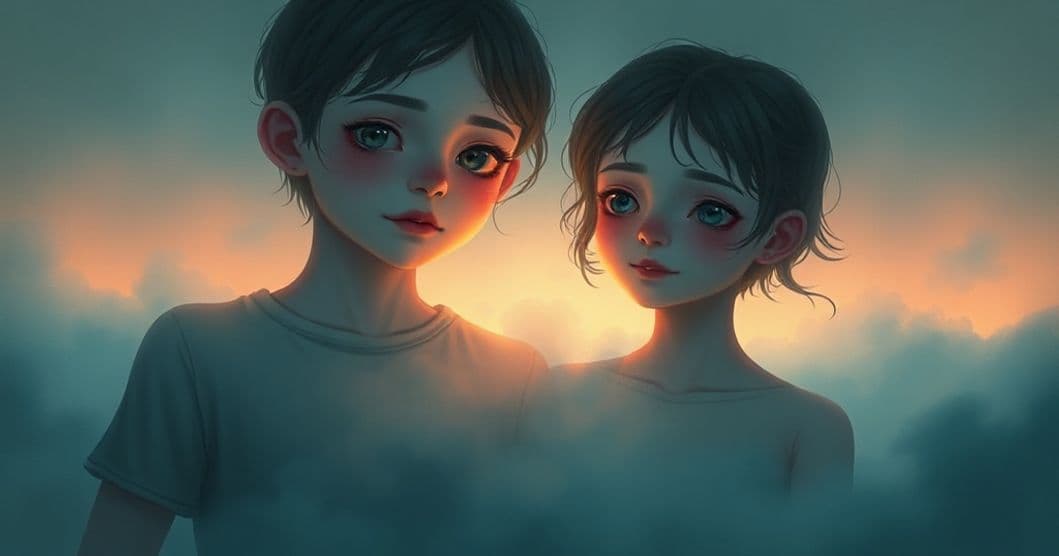The Uncanny Sibling: A Dream of Loss, Presence, and Digital Echoes
Part 1: Dream Presentation
Dreams often serve as portals to our inner emotional landscapes, bridging the conscious and unconscious with imagery that defies literal explanation. This particular dream, with its tender yet mysterious elements, invites exploration into themes of loss, connection, and the symbolic language of the mind. Here is the dream as experienced:
I found myself in a dimly lit waiting room, its walls lined with faded wallpaper and a faint hum of fluorescent lights casting an eerie stillness. Across from me sat a middle-aged man with striking blue eyes and sun-bleached blonde hair, his features etched with quiet sorrow. He wore a blue and black plaid shirt that seemed to absorb the room’s muted tones, and as he spoke, his voice carried a weight of unresolved grief. "I lost my sister," he said, his gaze fixed on the space between us, "and I miss her more than I can say." In that moment, a faint vignette appeared beside him—a woman whose image felt both familiar and strangely digital, like something generated by an AI. She wore small gold hoop earrings that caught the light, and her front two teeth were slightly longer and narrower than average, giving her a delicate, almost otherworldly appearance. Without hesitation, I responded, "She’s always been nearby," my voice steady despite the dream’s uncanny clarity. "She misses you too." The room seemed to shift then, the man’s sorrow softening into a bittersweet recognition, and the woman’s image faded like a breath against the wall. I woke with a strange ache, as if the dream had carried real emotion into my waking mind.
Part 2: Clinical Analysis
Want a More Personalized Interpretation?
Get your own AI-powered dream analysis tailored specifically to your dream
🔮Try Dream Analysis FreeSymbolic Landscape: The Language of Missing and Presence
The waiting room serves as a powerful liminal space—a threshold between two states of being, neither fully awake nor asleep. In dream psychology, such spaces often represent transitional periods in waking life, where identity, relationships, or emotional states are in flux. The man’s blue eyes and blonde hair, paired with the plaid shirt, suggest a blend of approachability and nostalgia; blue eyes often symbolize trust and vulnerability, while plaid patterns can evoke comfort or a sense of rootedness. His statement about losing his sister anchors the dream in themes of absence and longing.
The woman’s image, described as
